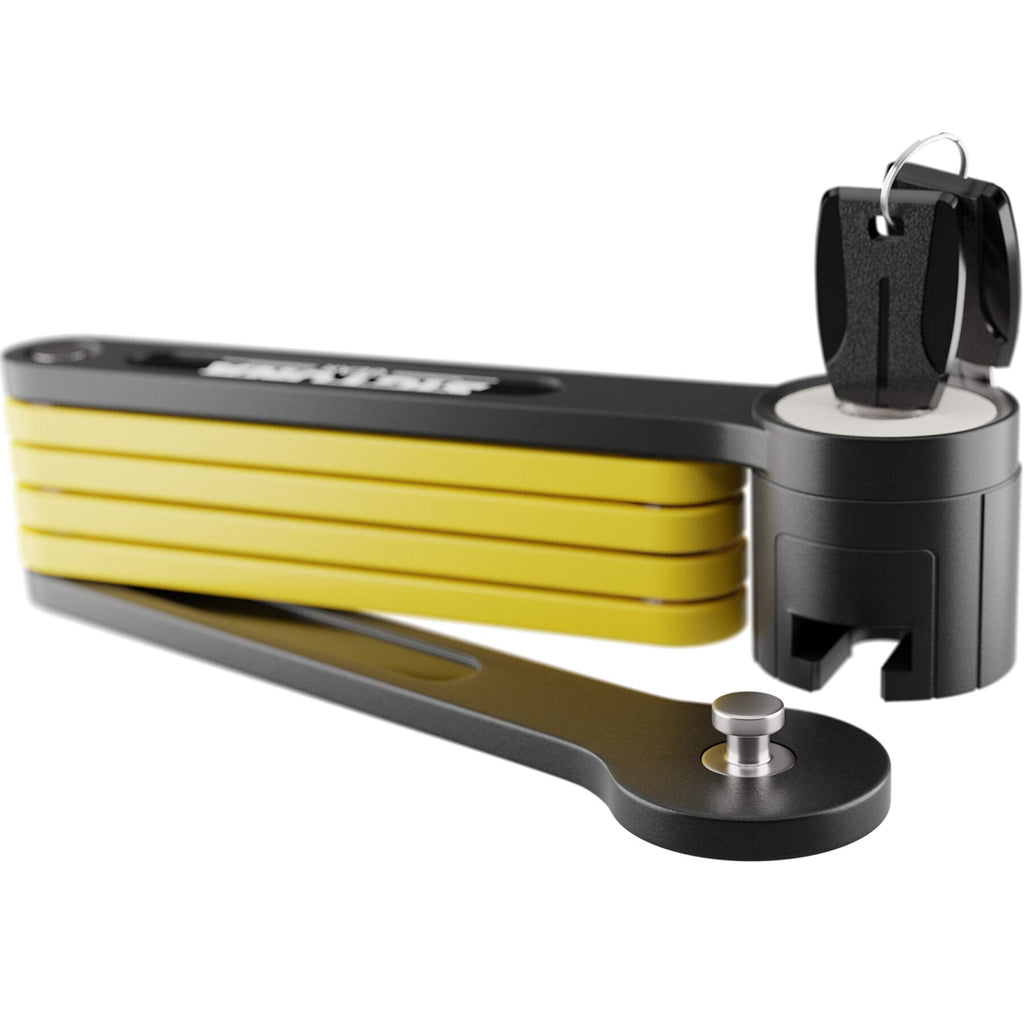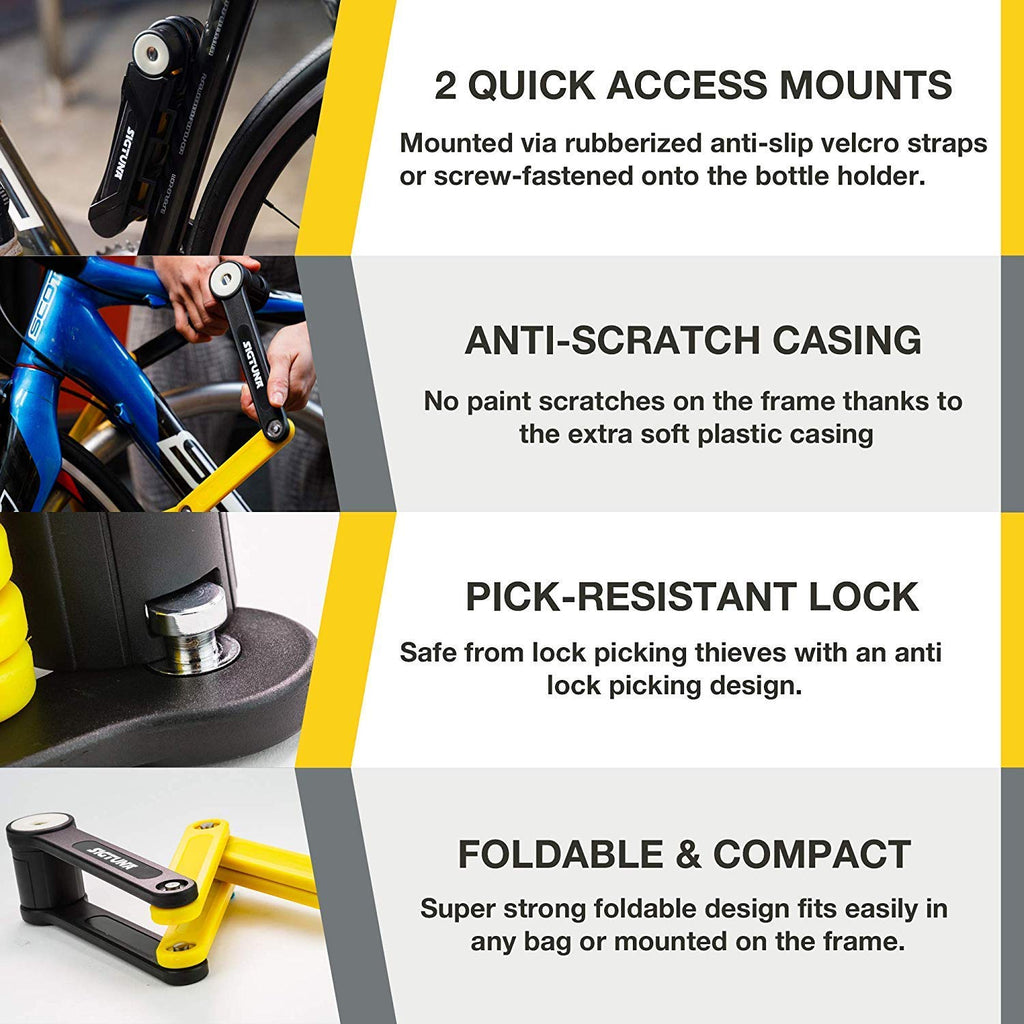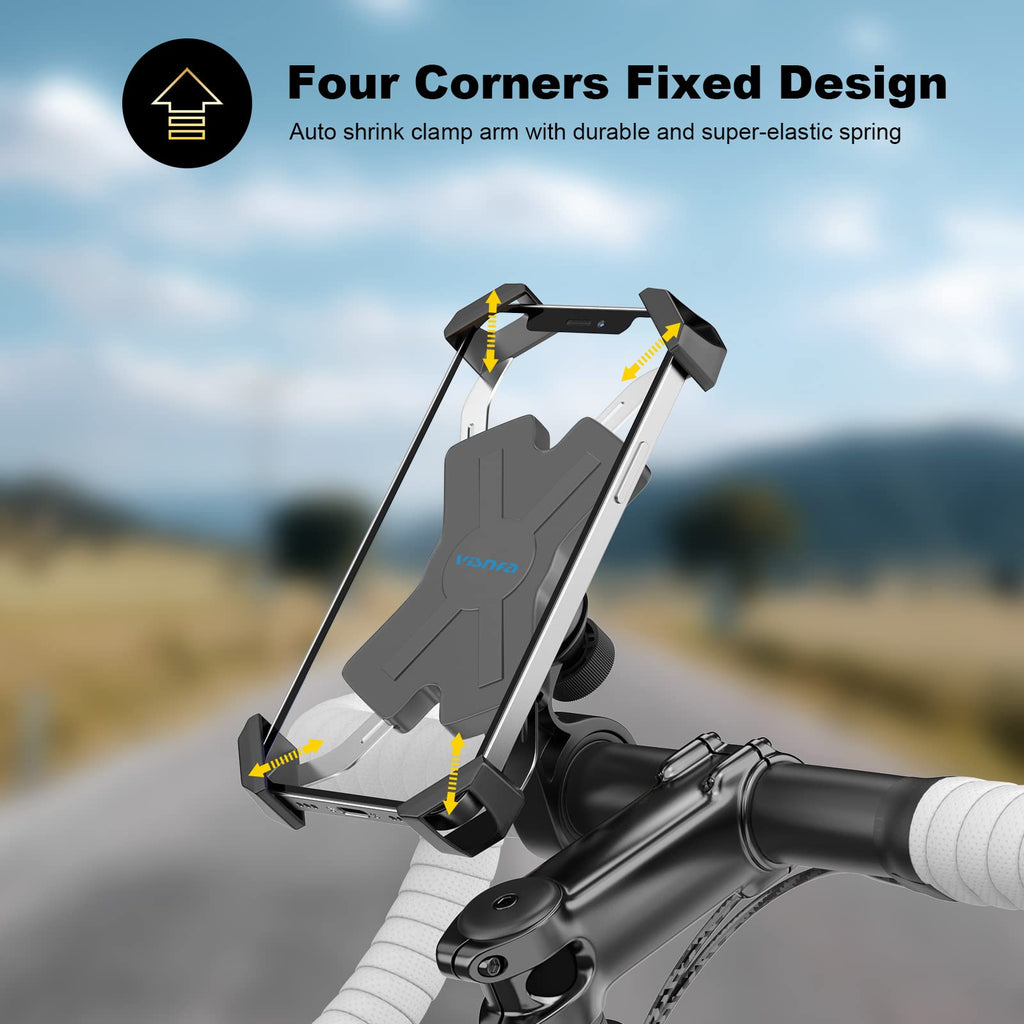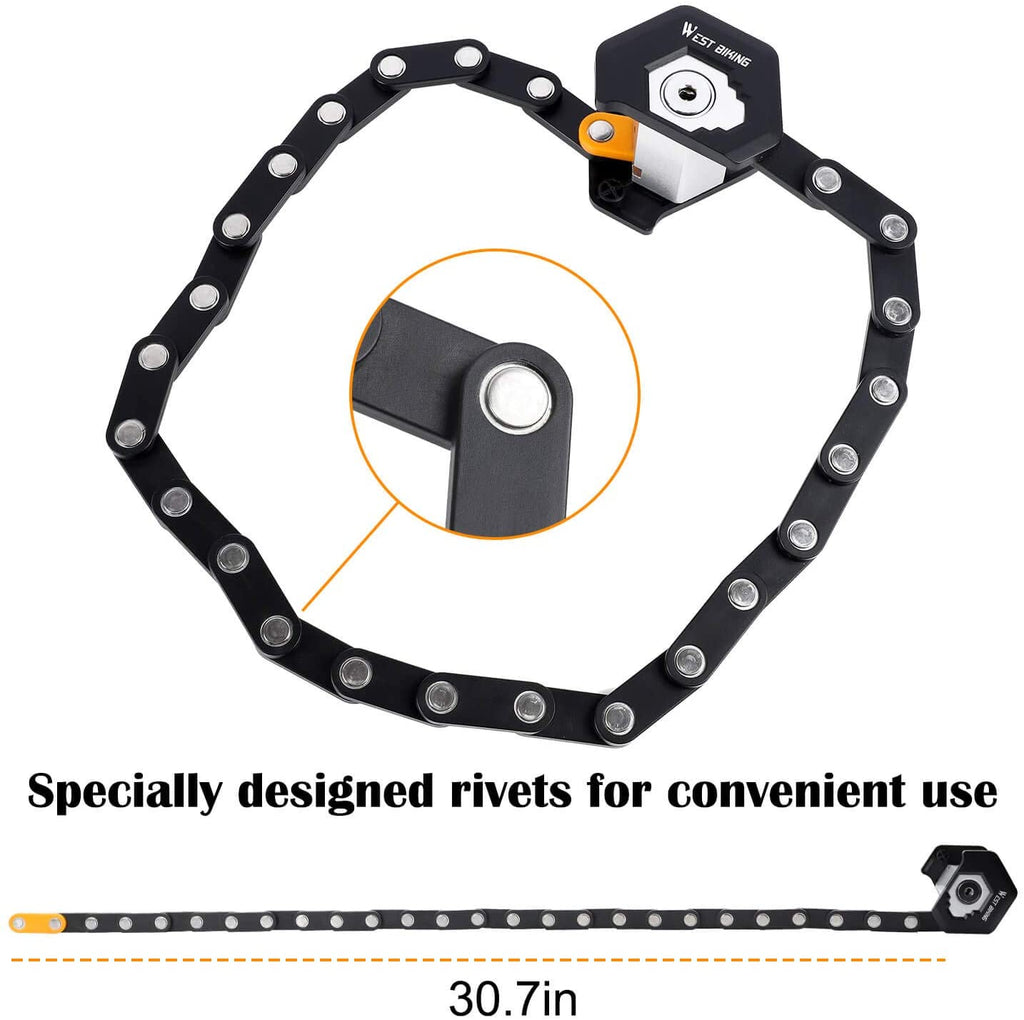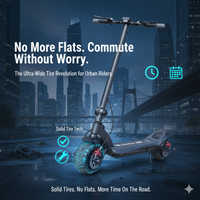New 2025 Blueprint Reveals Urgent Path to Net-Zero: How Individuals Can Slash Their Carbon Footprint by 42% and Drive Global Climate Action
Using Emerging Innovations and Collective Influence, this groundbreaking guide empowers consumers to bridge the Urgency-Action Gap with practical home, travel, food, and tech strategies in the face of rising emissions.
Your 2025 Net-Zero Lifestyle Blueprint: Sparking Change
A groundbreaking news climate action blueprint released this week outlines a clear science-backed path for individuals to slash their carbon footprint by up to 42% by 2030.
Experts are warning that we aren't doing nearly enough to keep global warming below 1.5°C, as global CO₂ emissions are predicted to reach a record-breaking 41.6 billion tonnes in 2024, significantly above pre-pandemic levels. A potent new manual titled "Catalyzing Change: Your 2025 Blueprint for a Net-Zero Lifestyle" has recently been published in response. It is intended for those who are wondering, “How can I reduce carbon footprint to help?" and who want to take concrete, doable actions to lessen their carbon footprint and contribute to a greater cause. According to scientists, we must reduce emissions by 42% by 2030 and even more by 2035. However, current global policies are falling well short of this target, accomplishing less than 1% of it. At this crucial juncture, the Blueprint provides people the tools to close the gap between urgency and action, and shows that each of us has more power than we think in the fight against climate change.

I. The Shifting Landscape of Sustainability: Why Now?
A. Global Climate Imperatives: The Urgency-Action Gap
In 2024, global emissions from land use and fossil fuels are expected to hit 41.6 gigatonnes—the highest level we've ever seen. To have a real shot at keeping global warming below 1.5°C, scientists say we need to cut greenhouse gas emissions by 42% by 2030 and by 56% by 2035. In the U.S., the average person produces about 16 tons of carbon dioxide each year—four times the global average. To ensure a livable future for everyone, that number needs to drop below 2 tons per person by 2050. The challenge is big, but if we start acting now, there's still time to change course.
B. The Empowered Consumer: Bridging the Aspiration–Action Gap
Since the past six months, more than half of us, about 56%, have felt the impact of extreme weather, whether through scorching heatwaves, powerful storms, flooding, or wildfires. These events are no longer distant news stories; they're happening in our own backyards. Many are turning to their everyday choices: 78% of Americans say buying sustainable products simply makes them feel better. And around the world, 72% of consumers say they’re willing to spend a bit more on eco-friendly options, hoping their choices can help create a better future.
- 27% more likely to choose sustainable brands that care about the planet.
- 54% of Gen Z and 48% of Millennials are pushing their employers to take stronger climate action
Our Younger generations are leading the way toward a greener future. As the effects of climate change become harder to ignore, more people are asking, “What can I do to help?” The Blueprint offers a clear, practical path — showing how everyday choices can add up to real climate impact.
II. Pillars of Impact: Actionable Strategies for a Lower-Carbon Footprint
A. Home & Energy: Smart Upgrades for Big Impact
Curious how can I reduce my carbon footprint at home? Good news — your house is one of the best places to start. Homes make up over 20% of U.S. carbon emissions and use about 75% of the nation’s electricity, so even small changes can lead to significant results.
The Blueprint lays out simple, effective steps to make your home more climate-friendly:
- Start with an energy audit to see where your home is wasting energy.
- Seal up leaks and improve insulation — this alone can save around 900 kg of CO₂e per year.
- Upgrade to ENERGY STAR appliances and LED lights, which can cut energy use by up to 90%.
- Wash clothes in cold water to slash the energy used for heating by up to 90%.
- Install solar panels or switch to a heat pump, and you could cut up to 1.5 tons of CO₂e annually.
- Make the 2024-2025 federal incentives beneficial.
With federal rebates and simple upgrades, homeowners can ask, “How can I personally reduce my carbon footprint?” can save money while significantly reducing emissions. This is where comfort meets climate action.
B. Mobility & Travel: Cleaner Commutes and Conscious Flying
Wondering how I can reduce my carbon footprint while traveling? Transportation is the biggest contributor to greenhouse gas emissions in the U.S., making up about 28% of the total. The good news? More sustainable options are becoming easier to access, and your travel choices can make a real difference.
Here are some impactful ways to travel smarter, according to the Blueprint:
- Make the switch to an electric vehicle (EV)
EVs are going mainstream — in 2025, 1 in 4 new cars sold globally will be electric. Driving one dramatically reduces your emissions, especially if charged with clean energy. - Cut back on flying, especially long-haul trips
Skipping just one long international flight can save around 2 tons of CO₂e. If you do fly, consider bundling trips or using video calls when possible. - Fly economy, not first class
Economy seats are far more efficient, generating 4 to 5 times fewer emissions than first class. - Choose trains over planes or cars
Trains emit just ~35 grams of CO₂ per kilometer, compared to 166g for cars and 238g for planes. They’re often more scenic and less stressful, too.
C. Food & Consumption: Eating for a Cooler Planet
What’s on your plate doesn’t just impact your health; it also affects the climate. In fact, food choices are responsible for 10–30% of household emissions. The good news? With just a few changes, your daily meals can help cool the planet.
The Blueprint offers some simple, powerful shifts.
- Reducing red meat and dairy, as beef emits ~60 kg CO₂e/kg.
- Adopting plant-based meals. Check result: Vegan diet: 0.7 kg CO₂e/1000 kcal vs 2.2 kg for omnivore.
- Cutting 0.5–0.8 tons CO₂e/year by shifting diets.
- Tackling the food waste of 30–40% of U.S. food, is wasted in 8–10% of global emissions.
- Composting and embracing circular economy principles.
- Supporting a 45% GHG reduction through a circular economy by 2030.
For those asking how can I personally reduce my carbon footprint, the answer often starts on their plate. Individual food choices remain one of the most powerful levers for climate action.
D. Digital Footprint & Emerging Technologies: Shrinking Bytes, Scaling Solutions
We have a physical footprint from our online lives. ICT is responsible for about 1.4% of global emissions. The Blueprint outlines important steps to take:
- Reduced streaming resolution for videos.
- Increase the lifespan of the device.
- Recycle electronic waste, which is expected to reach 82 million tonnes by 2030 from 62 million tonnes in 2022.
- Track the effects of AI, as one model can produce 552 tons of CO₂.
- Examine direct air capture, which could remove 310 gigatons of CO2 by 2100.
- Encourage AI technologies that improve efficiency and carbon tracking.
These minor changes and significant advancements offer hope for lowering one's digital carbon footprint. To promote global change, the Blueprint outlines both short-term initiatives and long-term fixes.
E. Advocacy & Collective Action: Turning Values Into Voice
When action is collective, individual action scales. Customers can influence market and policy change by:
- Casting ballots for leaders who care about climate change.
- 64% of American voters favor clean energy policies.
- Supporting soil carbon initiatives with 86% in favor of farmer funding.
- Selecting investments that are sustainable, estimated to be $40 trillion by 2030.
- Removing investments in fossil fuels. 68% of US funds currently do not include them.
- Demanding openness, with 79% in favor of corporate carbon disclosures.
The answer to the question, "How can I help reduce my carbon footprint beyond lifestyle changes?" is advocacy and community action. The Blueprint encourages common people to become champions for long-lasting change in everything from boardrooms to voting booths.
Closing Recap: Blueprint to Reduce 42% Carbon Emissions by 2030
Discover the 2025 Net-Zero Lifestyle Blueprint—summoning up individuals to take action when climate urgency is at its peak. When policies are strategically made to reduce carbon emissions, the individuals become the cheerleaders.
Here, this is the way an individual can follow up on policies:
- A: Assess your carbon footprint by using EPA tools.
- B: Boost your household's products in efficiency with smart upgradation.
- C: Commute must be eco-friendly, clean, and sustainable with EVs, e-scooters, and fewer flights.
- D: Dine efficiently and carefully by minimizing red meat usage and food waste.
- E: Embrace the lifestyle with the 3R strategies.
You’re the change; you don’t need to wait for something to happen. Begin your new eco-friendly journey with the first step, and add your contribution to a sustainable and healthy future.
Official Statement:
Tahseen Ameer, content head, claimed that “Our experts and researchers reveal that every single household product has a strong influence on the rising climate change”. We can reduce the carbon emissions collectively and add value or contribution to a sustainable future by implementing these practical solutions and data-backed strategies for a healthy atmosphere.
“Truly, this is not to minimize the carbon emissions only, but to promote a more eco-friendly and sustainable planet. Approximately 42% of the carbon emission reduction in 2030 can be handled by each individual with the usage of the right device.”
About Drider E-Scooter:
Drider E-Scooters delivers an eco-friendly driven mobility, and promotes awareness, promising to highlight personal climate action. Moreover, offering sustainable solutions like e-scooters-reducing carbon emissions. In addition to it, Drider has built-in scientific techniques like the Carbon Footprint Calculator, and creates educational blogs for in-depth cognition-assisting individuals and contractors in reducing emissions in household devices. Drider E-scooters certifies each individual to become a climate activist in their society with a clear vision of empowering sustainability and a green economy.
